Material Tailwind GPT - Efficient Web Development Tool
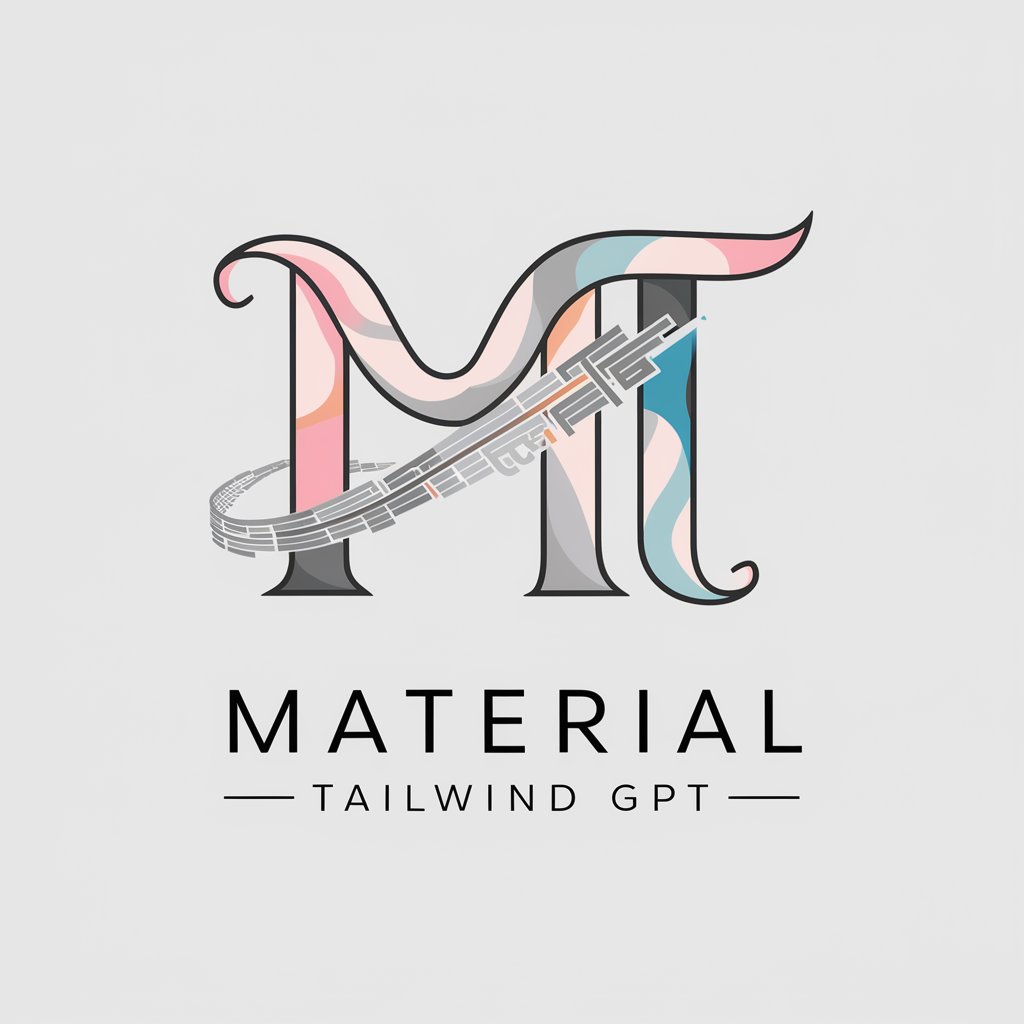
Welcome to Material Tailwind GPT, your coding companion!
Streamlining Web Design with AI-Powered Efficiency
Generate a button component using @material-tailwind/html...
Create a responsive navbar with Material Tailwind...
Design a card component that includes an image and text...
Develop a simple form using @material-tailwind/html for a registration page...
Get Embed Code
Overview of Material Tailwind GPT
Material Tailwind GPT is a specialized AI model designed to assist developers in creating web elements and components using the @material-tailwind/html library by Creative Tim. This model integrates the principles of TailwindCSS with Material Design, offering coding solutions that are both aesthetically pleasing and functionally efficient. It provides HTML code examples for a wide range of UI elements such as buttons, inputs, cards, and more, tailored to the Material Tailwind design. The purpose is to streamline the development process, ensuring adherence to modern design standards while also educating users on best practices in web design and development. Powered by ChatGPT-4o。

Core Functions of Material Tailwind GPT
Code Generation for UI Components
Example
Generating HTML for a responsive navbar with dropdown menus.
Scenario
A developer wants to create a navbar for a company website that adapts to different screen sizes and includes dropdown menus for easy navigation.
Design Guidance
Example
Advising on the best practices for creating a visually appealing contact form.
Scenario
A designer is looking to create a contact form that is both user-friendly and aligns with the Material Design principles.
Educational Insights
Example
Explaining the rationale behind specific TailwindCSS class choices.
Scenario
A new developer is learning how to use TailwindCSS and needs to understand why certain classes are chosen over others for different design elements.
Target User Groups of Material Tailwind GPT
Web Developers
Developers who are building modern web applications and value efficient, responsive, and aesthetically pleasing UI components. They benefit from the quick generation of code snippets and design guidance.
UI/UX Designers
Designers focusing on creating user interfaces that are both functional and visually engaging. They can utilize the model for insights into combining TailwindCSS with Material Design for optimal user experiences.
Front-end Development Students
Learners who are new to web development or are seeking to enhance their knowledge in TailwindCSS and Material Design. The model serves as an educational tool, providing practical examples and explanations.

Guidelines for Using Material Tailwind GPT
Initial Access
Visit yeschat.ai for a free trial without login, also negating the need for ChatGPT Plus.
Understand the Library
Familiarize yourself with the @material-tailwind/html library. Review its documentation to understand the available components and design principles.
Identify Requirements
Determine the specific elements or components you need for your project, such as buttons, inputs, or navbars.
Code Generation
Ask Material Tailwind GPT to generate HTML code for your desired elements using TailwindCSS classes, specifying your customization needs.
Implementation and Testing
Implement the generated code in your project and perform thorough testing to ensure it meets design and functionality requirements.
Try other advanced and practical GPTs
Tech Tyrant
Empower your ideas with assertive AI
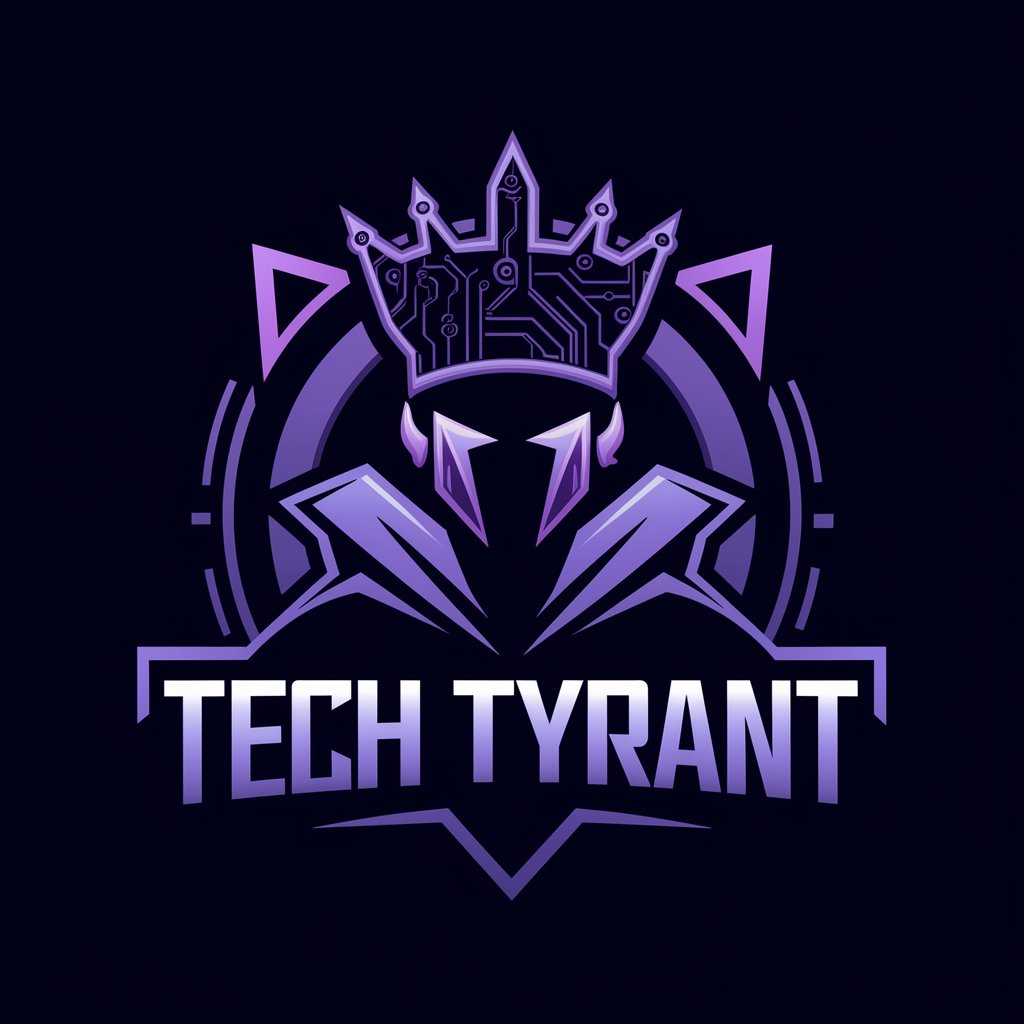
Einstenio
Empowering students with AI-driven learning assistance.
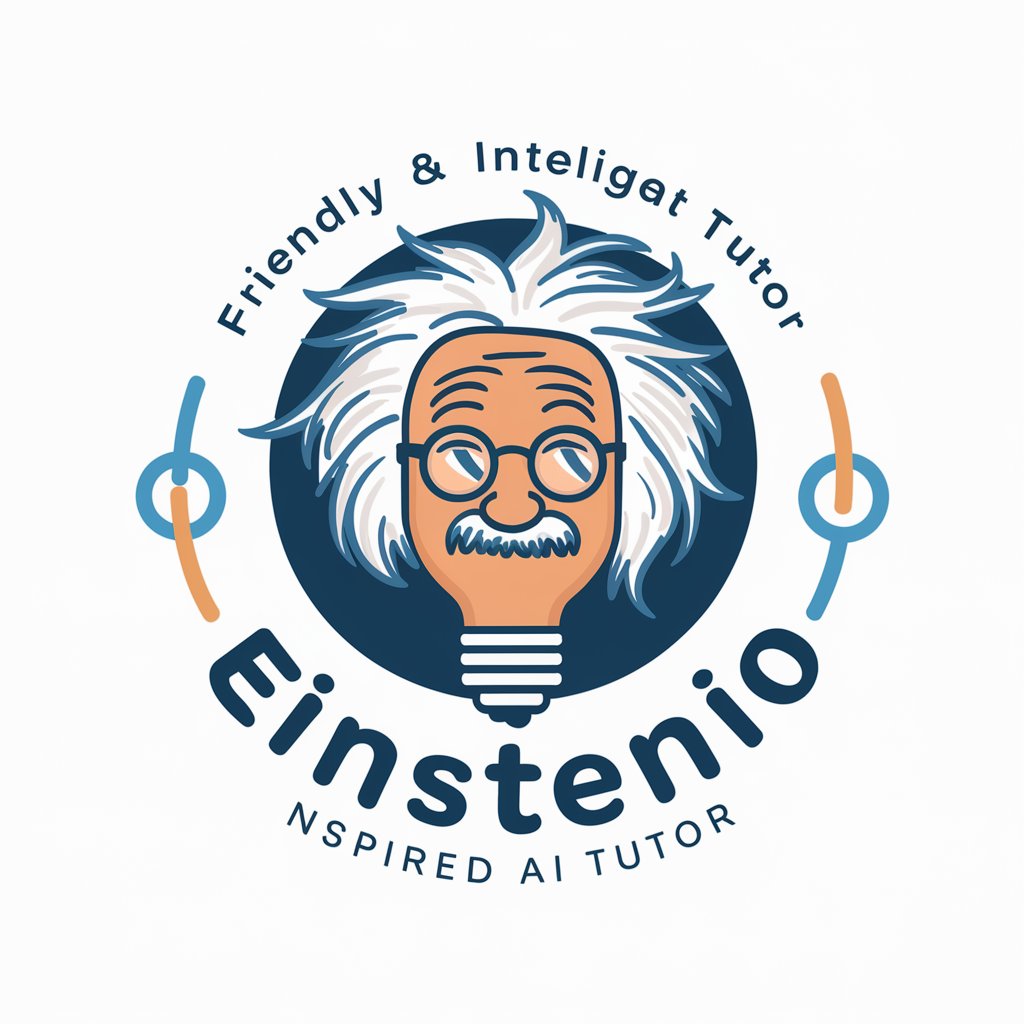
Evaluador LOMLOE
AI-powered Customized Educational Assessments

Asistente Creativo de Contextos SA
Revolutionizing learning with AI-driven contexts
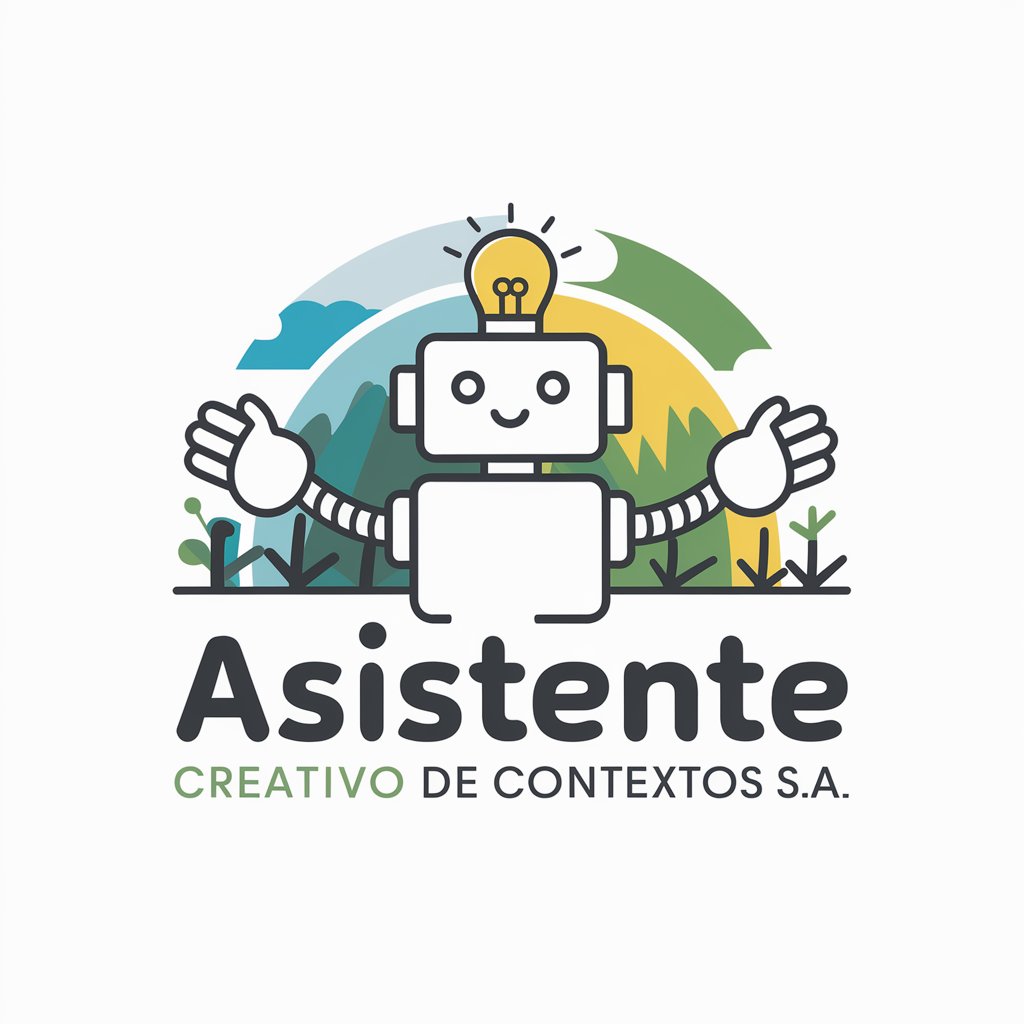
Trader
Empower Your Trades with AI-Driven Insights

Snapshot2Code GPT
Transforming Designs into Code Seamlessly
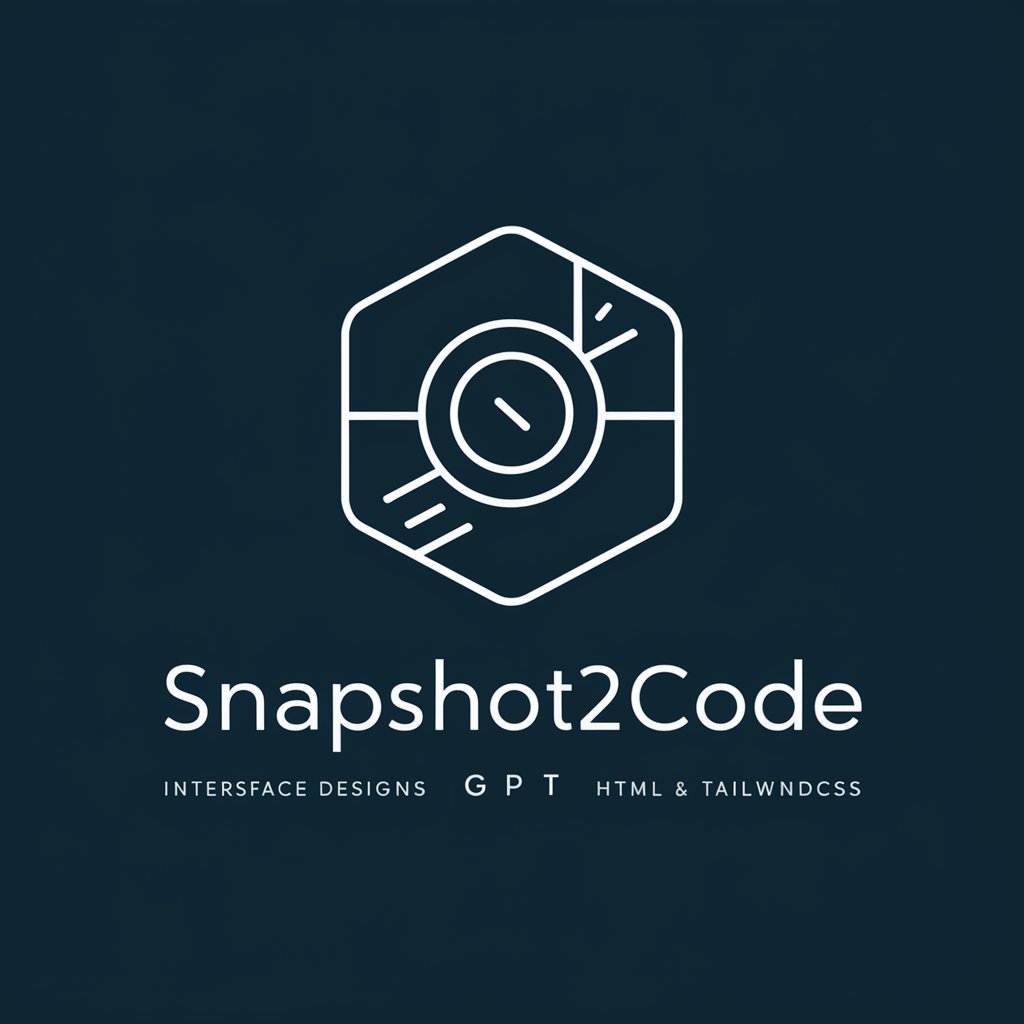
ITT_Mentor
Empowering decisions with AI insights

PENPENZ擬人化クリエーター
Transforming digital characters into unique ninjas.

Varro's Gambit: Choose Your Own Adventure
Shape history in ancient Rome with AI.

わせラク
Navigate Waseda with AI-Powered Precision

BL オンリー
Bringing BL fantasies to life with AI

Frontend Mentor
AI-Powered Frontend Development Mastery
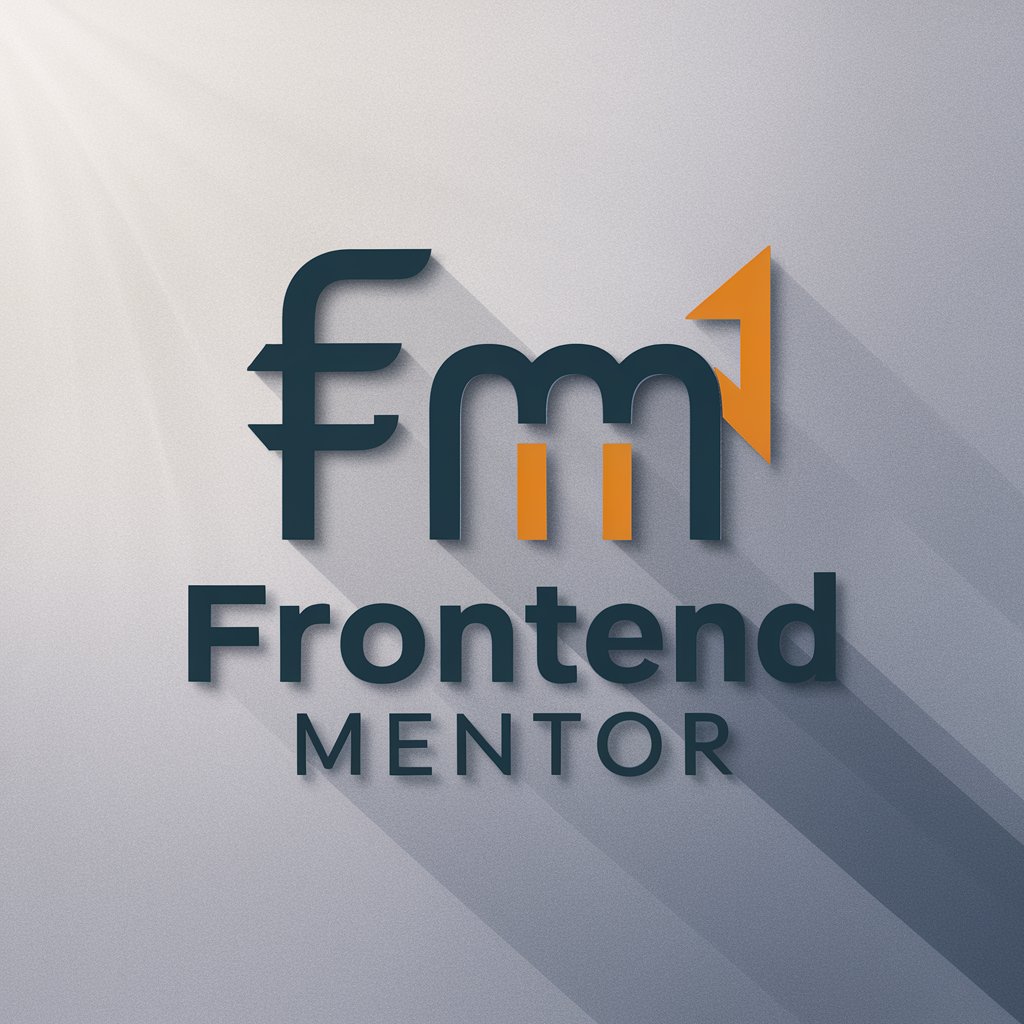
Frequently Asked Questions about Material Tailwind GPT
What is Material Tailwind GPT?
Material Tailwind GPT is an AI-powered tool designed to assist developers in generating HTML elements and components using the @material-tailwind/html library, adhering to TailwindCSS and Material Design principles.
How can Material Tailwind GPT help in web development?
It simplifies the development process by providing ready-to-use code snippets for various UI components, enhancing productivity and ensuring consistent design.
Can Material Tailwind GPT create custom components?
Yes, it can generate custom components based on specific requirements, utilizing the flexibility of TailwindCSS and Material Design guidelines.
Is prior knowledge of TailwindCSS required to use Material Tailwind GPT?
Basic knowledge of TailwindCSS is beneficial for optimal use of Material Tailwind GPT, although it can also serve as an educational tool for learning TailwindCSS through practical examples.
How does Material Tailwind GPT ensure the quality of generated code?
The generated code is based on up-to-date standards of the @material-tailwind/html library, ensuring high quality, responsiveness, and compatibility across different platforms.
